The 10 Most Dangerous Foods People Actually Eat
In the realm of gastronomy, adventurous eaters often seek out experiences that push the boundaries of conventional dining. These culinary thrill-seekers are drawn to foods that not only tantalize the taste buds but also flirt with danger. The allure of daring delicacies lies in their ability to offer a unique blend of excitement and flavour, often accompanied by a rich cultural history. This article delves into the world of such foods, exploring their origins, the risks involved, and why they continue to captivate the imaginations of food enthusiasts worldwide. The intrigue of dangerous foods is not merely about the potential for harm but also about the mastery required to prepare them safely. Many of these dishes have been passed down through generations, their preparation techniques honed to perfection by skilled chefs who understand the delicate balance between risk and reward.
1. Fugu: The Deadly Delicacy of Japan
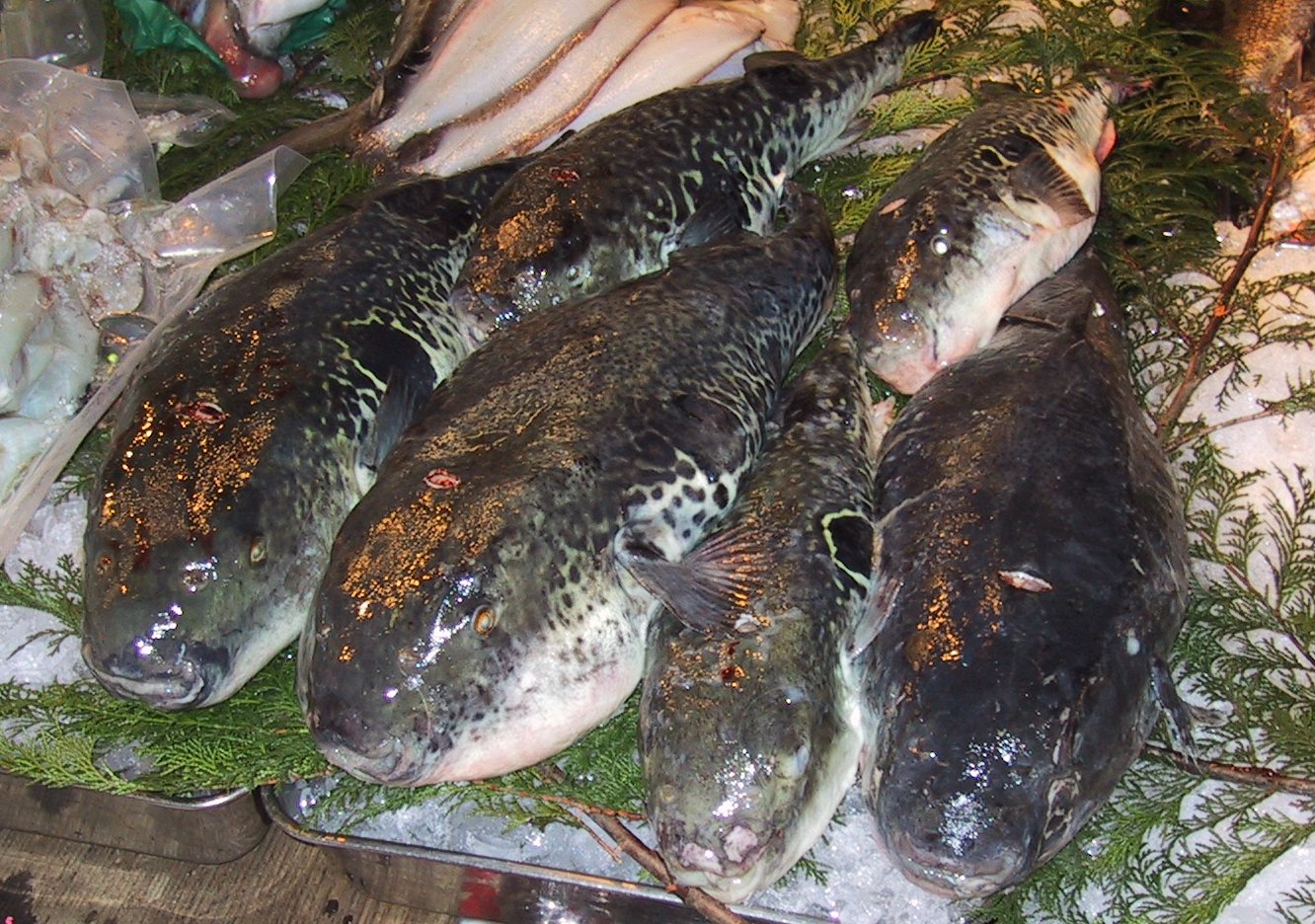
Fugu, or pufferfish, is perhaps the most renowned of all dangerous foods, celebrated for its delicate flavour and perilous preparation. This Japanese delicacy is infamous for containing tetrodotoxin, a potent neurotoxin that is 1,200 times more lethal than cyanide. The consumption of fugu is a testament to the skill and precision of the chefs who prepare it, as even a small error can result in fatal consequences. Chefs undergo rigorous training and certification to ensure they can safely remove the toxic parts of the fish, leaving only the edible flesh for diners to enjoy. The allure of fugu lies not only in its potential danger but also in its cultural significance. In Japan, dining on fugu is considered a rite of passage, demonstrating trust in the chef's expertise. The experience is often accompanied by anticipation and excitement as diners savour each bite with the knowledge of the fish's lethal potential. Despite the risks, fugu continues to be a popular dish in Japan and has even gained a following in other parts of the world, where adventurous eaters seek out this unique culinary thrill.
2. Casu Marzu: The Maggot-Infested Cheese of Sardinia
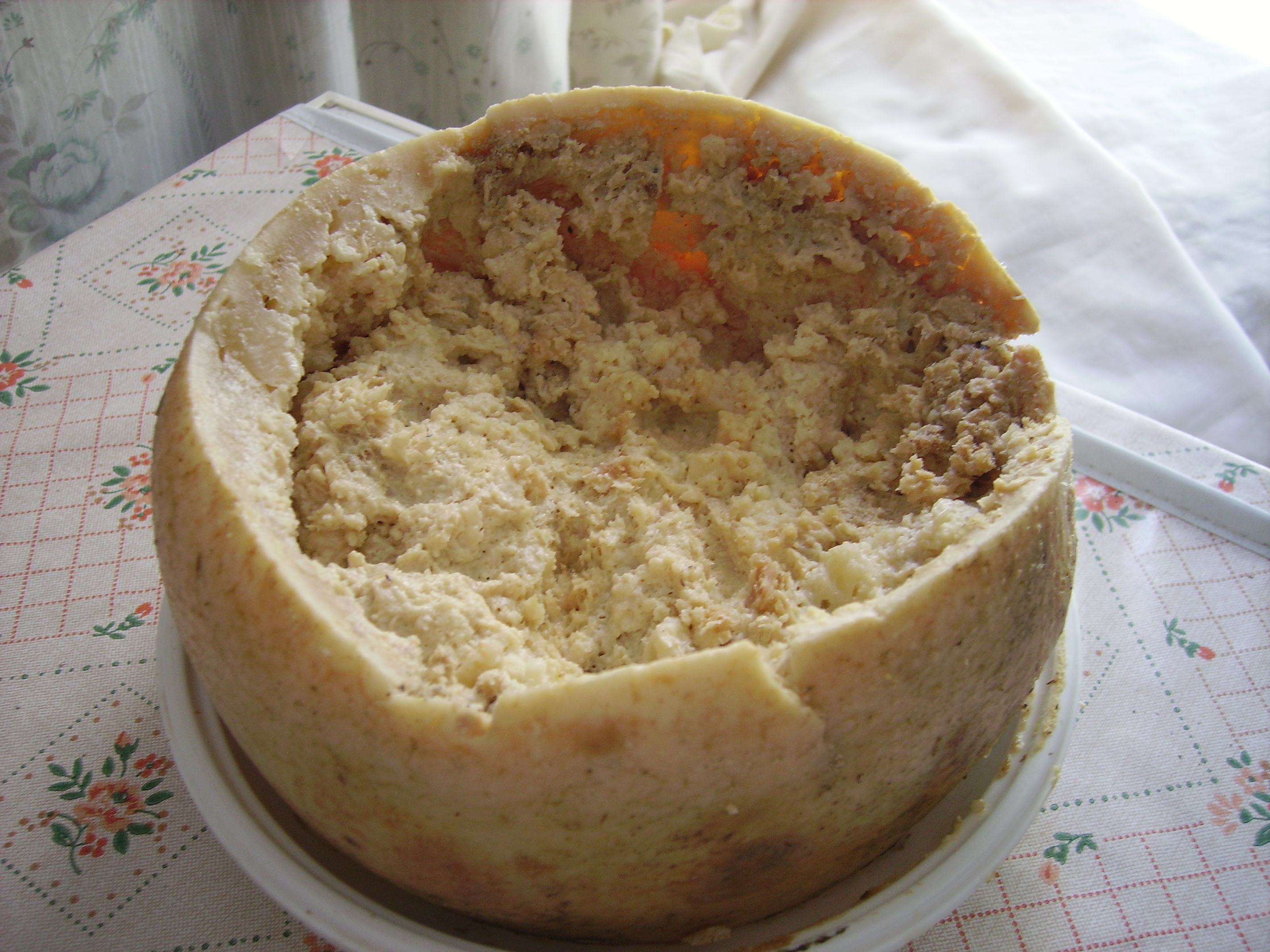
Casu Marzu, a traditional Sardinian cheese, is infamous for its unusual production process involving the intentional introduction of live insect larvae. This "rotten cheese" is made by allowing cheese flies to lay their eggs in pecorino cheese, resulting in larvae that facilitate fermentation and give the cheese its distinctive soft texture. The larvae also contribute to the cheese's pungent aroma and intense flavour, making it a daring delicacy for those brave enough to try it. The consumption of Casu Marzu is not without risks, as the live larvae can potentially survive in the human digestive system, leading to discomfort or illness. Despite these dangers, the cheese is considered a cultural treasure in Sardinia, often enjoyed on special occasions. The production and sale of Casu Marzu are technically illegal under European Union food safety regulations. Yet, it remains available on the black market and is cherished by locals who view it as an integral part of their culinary heritage.
3. Hakarl: The Fermented Shark of Iceland
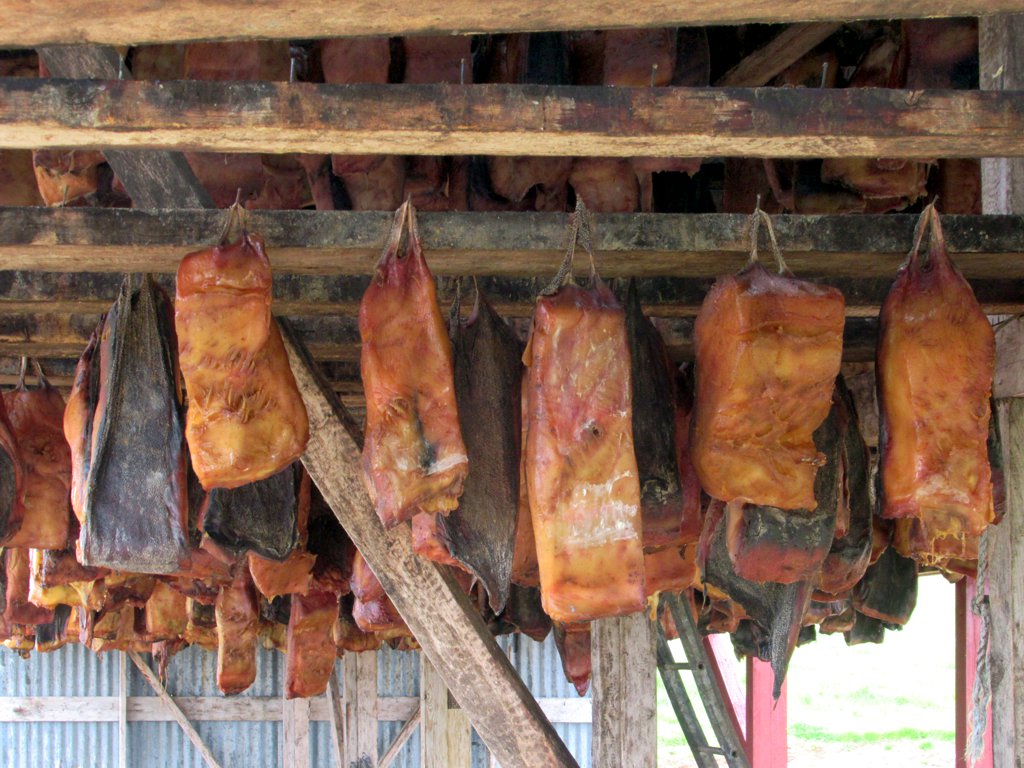
Hakarl, a traditional Icelandic dish, is made from the fermented flesh of the Greenland shark, a species known for its toxic levels of urea and trimethylamine oxide. The preparation involves burying the shark meat in gravelly sand for several weeks to allow it to ferment and detoxify, then hanging it to dry for several months. The result is a pungent, ammonia-rich delicacy often described as an acquired taste, even among Icelanders. The consumption of Hakarl is steeped in tradition, often associated with the midwinter festival of Thorrablot, where it is served alongside other traditional Icelandic foods. For many, trying Hakarl is a test of bravery, as the strong odour and unusual texture can be off-putting to the uninitiated. However, for those willing to embrace the challenge, Hakarl offers a unique glimpse into Iceland's culinary history and the resourcefulness of its people in utilizing available resources in a harsh environment.
4. Sannakji: The Live Octopus of Korea
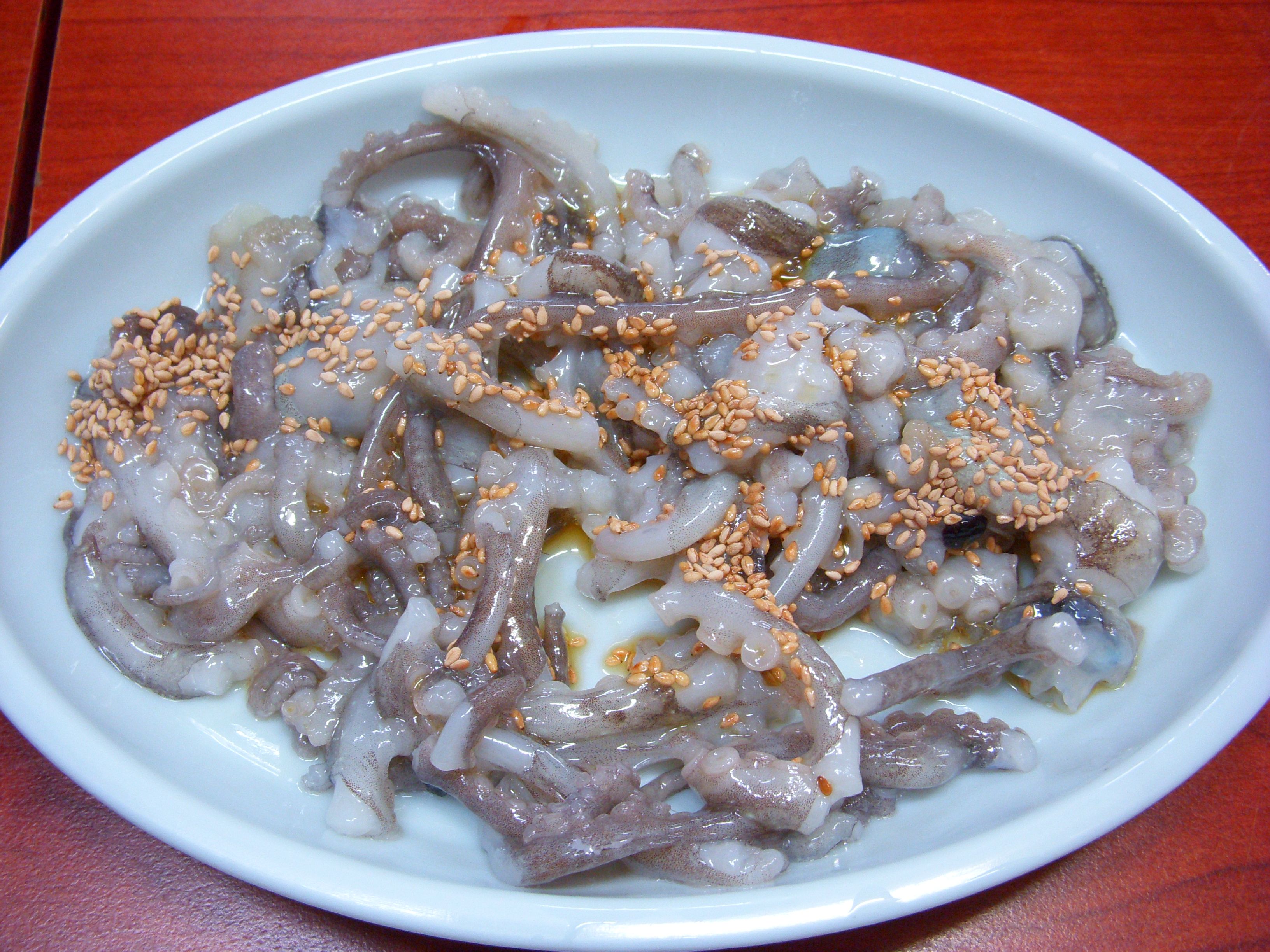
Sannakji is a Korean dish that pushes the boundaries of what it means to eat fresh seafood. It consists of live octopus tentacles, cut into small pieces and served immediately, often with a sesame oil drizzle and sesame seeds sprinkled. The tentacles continue to move on the plate, creating a dining experience that is both visually and texturally unique. The challenge of eating Sannakji lies in its potential danger, as the suction cups on the tentacles can adhere to the throat, posing a choking hazard if not chewed thoroughly. Despite the risks, Sannakji is a popular dish in Korea, celebrated for its freshness and the skill required to prepare and eat it safely. The dish is often enjoyed as a part of a larger seafood feast, serving as a testament to the vibrancy and diversity of Korean cuisine. For those willing to embrace the adventure, Sannakji offers a thrilling culinary experience that is both memorable and exhilarating.
5. Ackee: Jamaica's National Fruit with a Toxic Twist
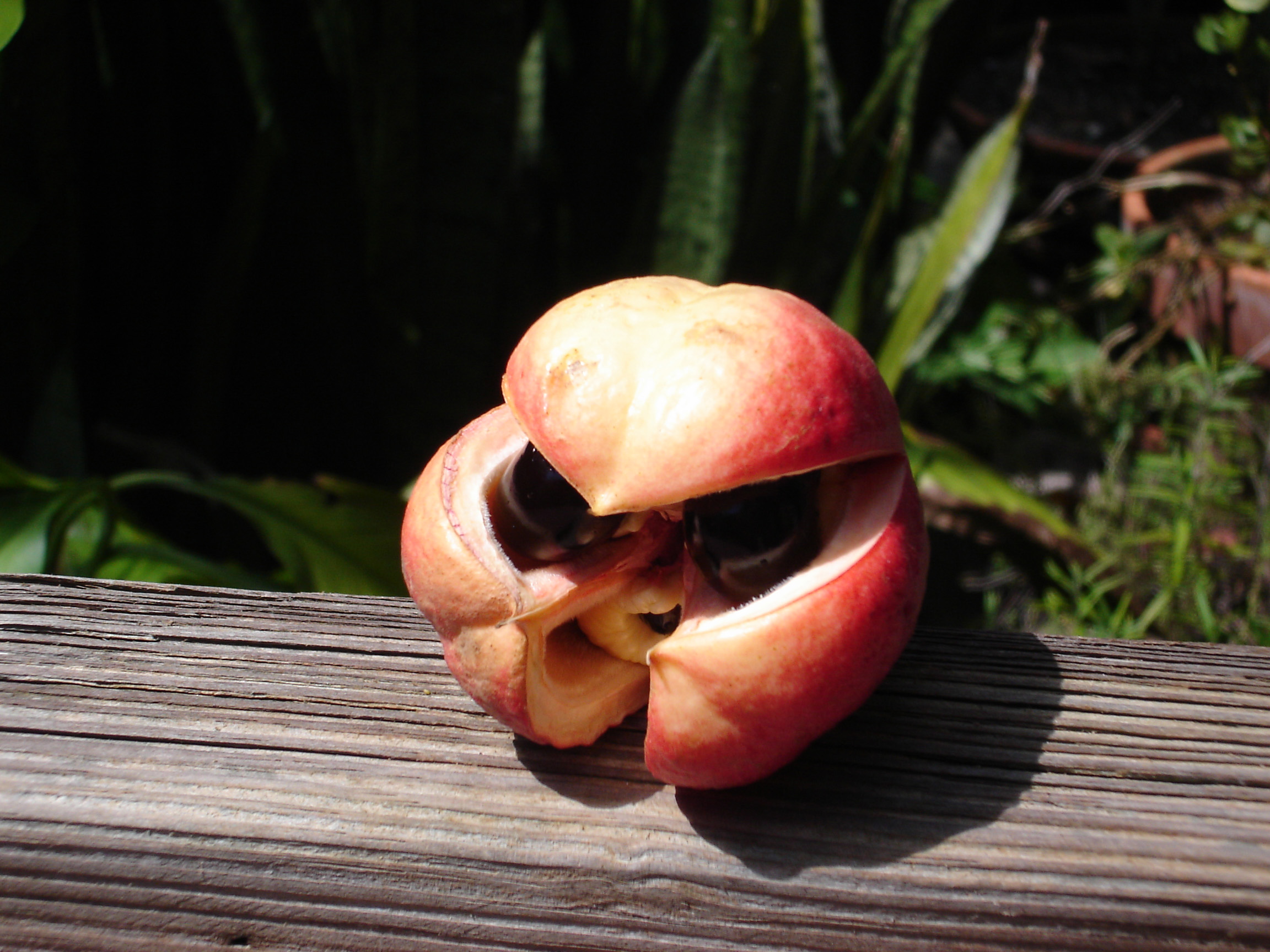
Ackee, the national fruit of Jamaica, is a staple in the island's cuisine, most famously paired with saltfish to create the country's national dish. However, the fruit's appeal is tempered by the fact that it can be highly toxic if not prepared correctly. The unripe ackee contains hypoglycin A and B, toxins that can cause severe vomiting and even death if ingested. To ensure safety, the fruit must be fully ripe, its pods naturally opened to reveal the edible yellow arils, before it is harvested and cooked. In Jamaican culture, the preparation of ackee is a cherished tradition that has been passed down through generations. The fruit's unique flavour and creamy texture make it a beloved ingredient in many dishes, and its safe consumption is a testament to the culinary knowledge and expertise of those who prepare it. For visitors to Jamaica, trying ackee is an opportunity to experience the island's rich culinary heritage and the delicate balance between risk and reward that defines many daring delicacies.
6. Blood Clams: A Risky Delicacy from the Seas
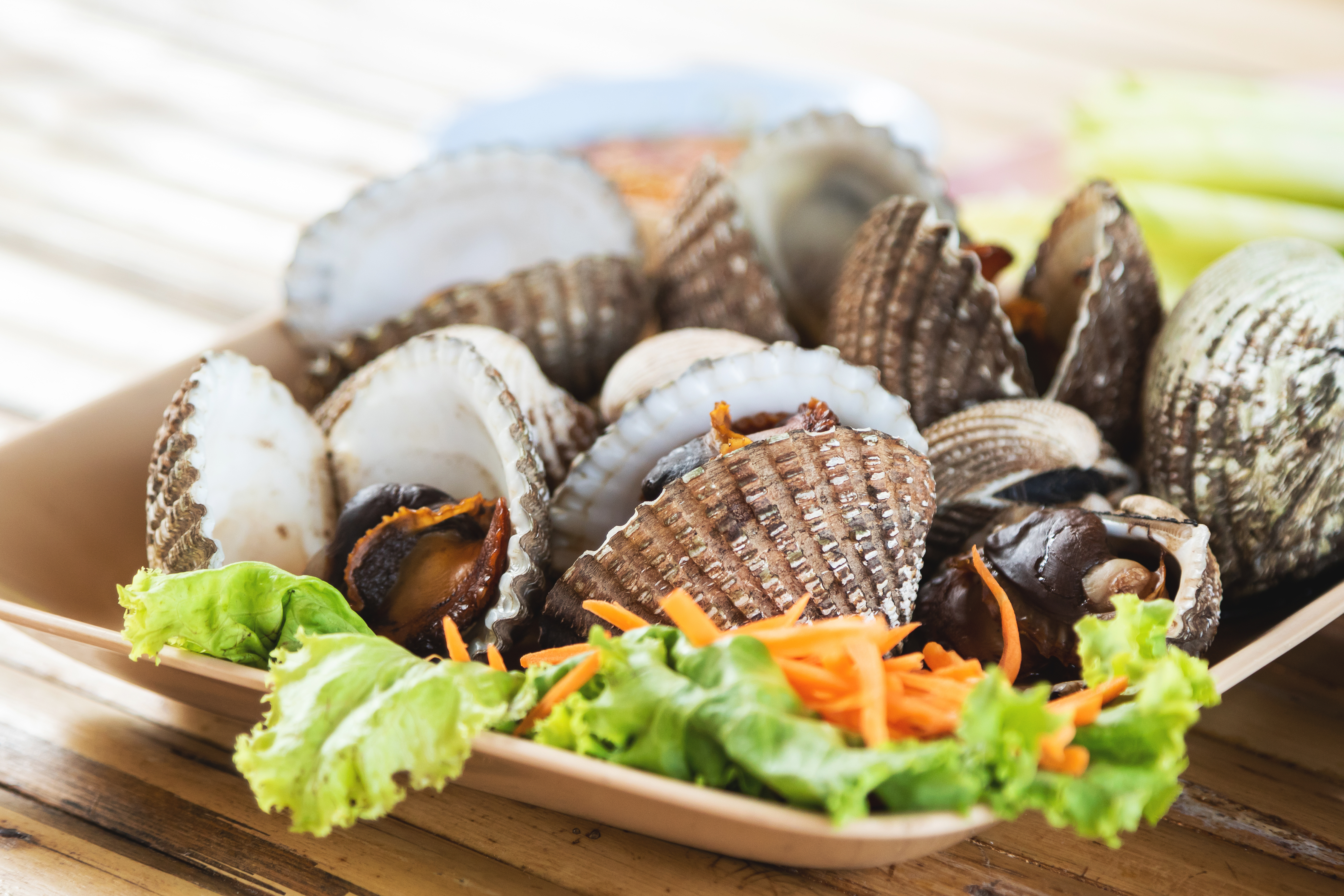
Blood clams are shellfish found in the warm coastal waters of Southeast Asia and parts of South America. They are named for the red haemoglobin liquid they contain, which gives them a distinctive appearance and flavour. However, blood clams are notorious for their potential to carry hepatitis A, typhoid, and other pathogens, as they thrive in environments with low oxygen levels where these bacteria can proliferate. Despite the health risks, blood clams are considered a delicacy in many cultures, prized for their unique taste and texture. In regions where they are consumed, strict cooking methods are employed to minimize the risk of illness, often involving thorough boiling or steaming. For adventurous eaters, blood clams offer a taste of the exotic and intriguing sea, a reminder of the delicate balance between nature's bounty and its potential dangers.
7. Hákarl: The Fermented Shark of Iceland
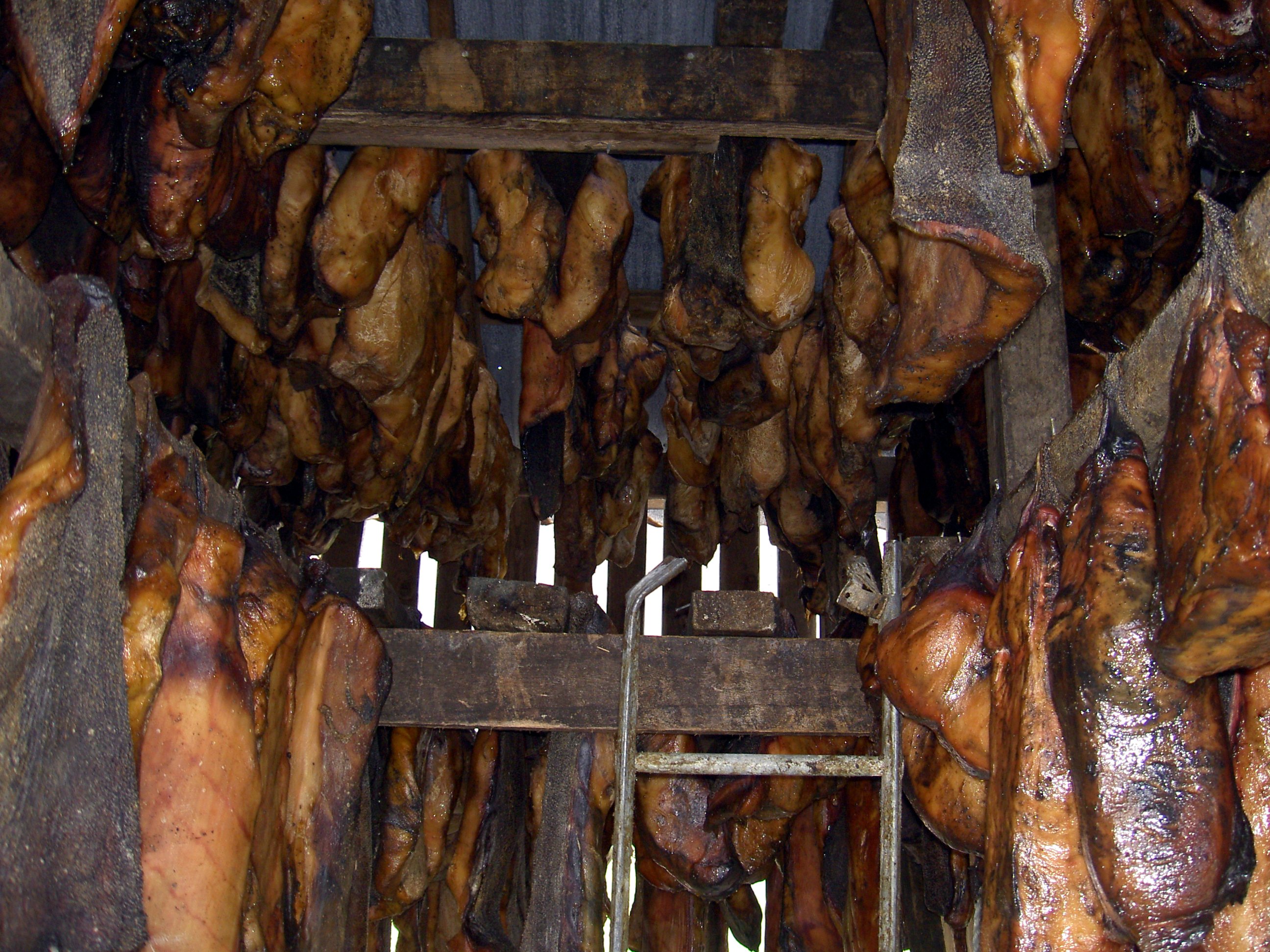
Hákarl, a traditional Icelandic dish made from fermented shark meat, is a culinary adventure not for the faint of heart. The Greenland shark, from which hákarl is made, contains high uric acid levels, rendering its flesh toxic when fresh. To make it edible, the shark meat undergoes a fermentation process that involves burying it underground for several weeks, followed by months of drying. The result is a pungent, ammonia-rich delicacy that challenges even the most daring palates. In Iceland, hákarl is more than just food; it symbolises cultural heritage and survival in a harsh environment. Consuming hákarl is often a rite of passage for visitors and locals alike, a test of bravery and an opportunity to connect with Iceland's storied past. While the strong smell and unique flavour may deter some, those who dare to try hákarl are rewarded with a deeper understanding of Icelandic traditions and the resilience of its people.
8. Bullfrog: A Delicacy with a Lethal Legacy
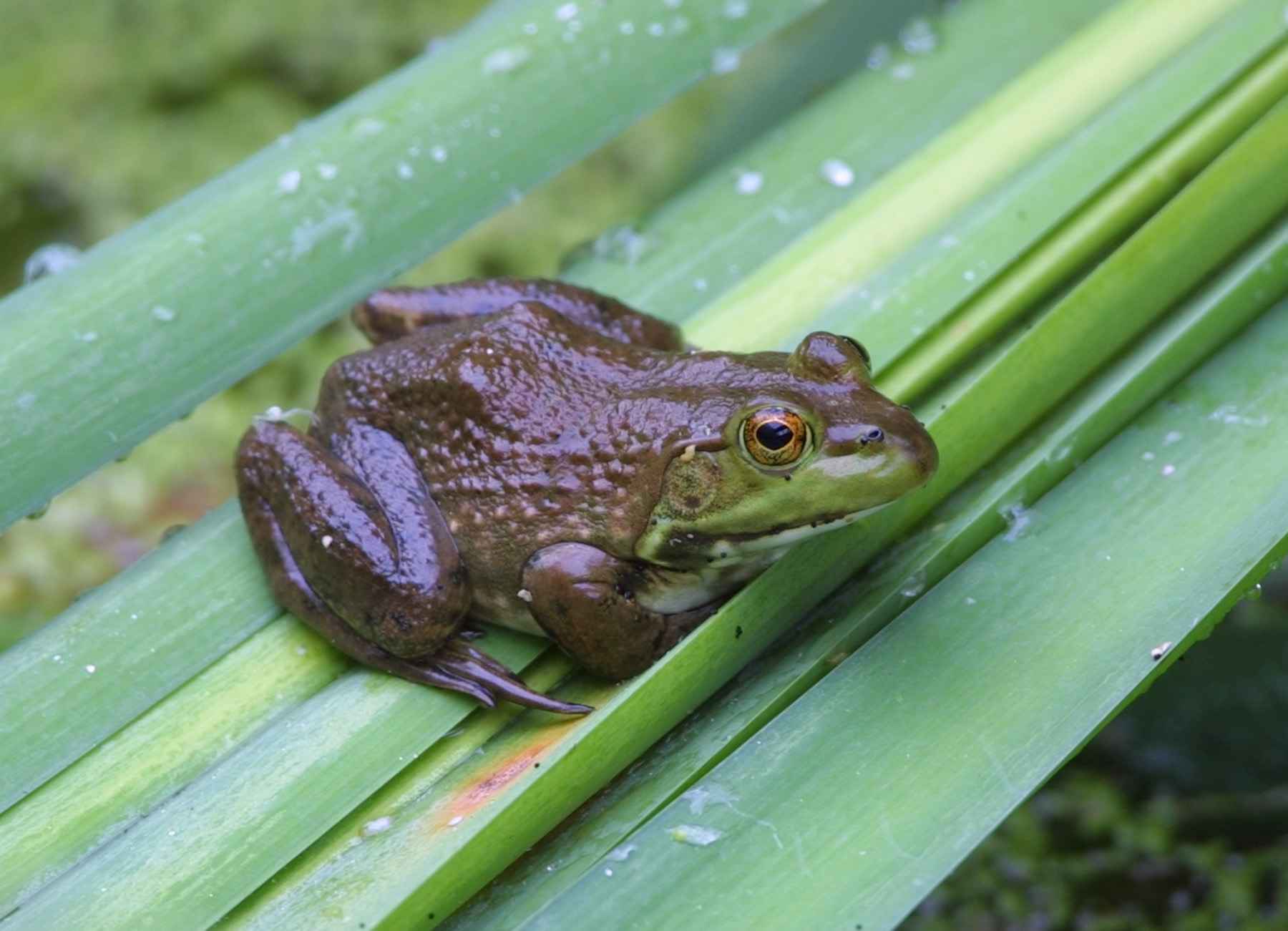
In parts of Africa and Asia, the bullfrog is considered a delicacy, prized for its tender meat and rich flavour. However, consuming bullfrogs has significant risks, as certain species contain potent toxins in their skin and organs. In Namibia, for example, the giant bullfrog is a traditional food, but improper preparation can lead to kidney failure and other severe health issues. The toxins are prevalent during the frog's breeding season, making timing and preparation crucial to safe consumption. The allure of eating bullfrog lies in its unique taste and cultural significance in the regions where it is consumed. For those who prepare and eat bullfrog, the dish is a testament to culinary skill and an understanding of the natural world. It is a reminder of the delicate balance between tradition and safety, where knowledge passed down through generations ensures that this daring delicacy can be enjoyed without harm.
9. Fesikh: Egypt's Fermented Fish Tradition
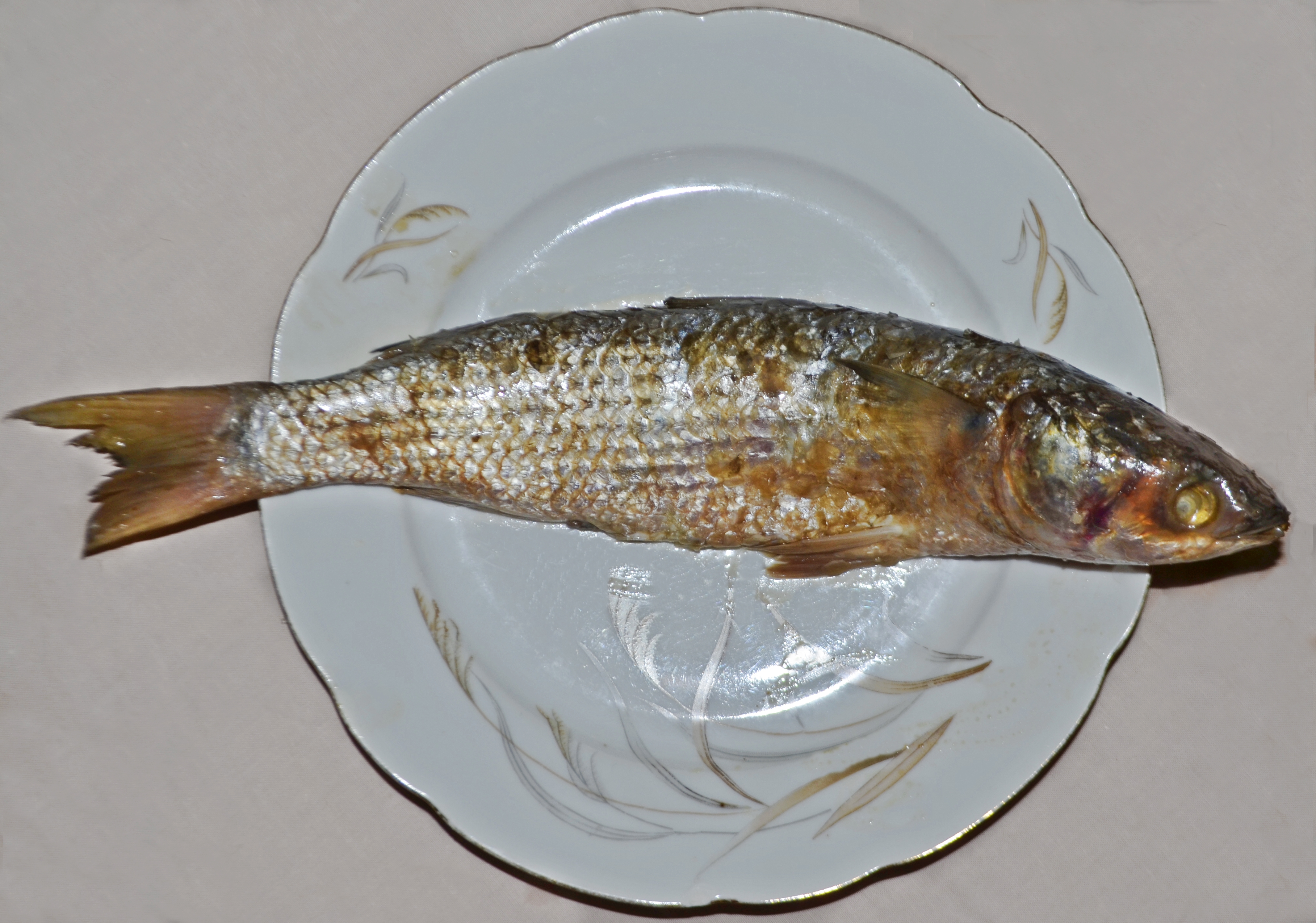
Fesikh is a traditional Egyptian dish from fermented, salted, and dried grey mullet. It is typically consumed during the spring festival of Sham El-Nessim, a celebration that dates back to ancient times. The preparation of fetish is a meticulous process that involves gutting the fish, salting it heavily, and allowing it to ferment for several weeks. This method preserves the fish and develops its distinctive flavour but poses significant health risks if not done correctly. The potential danger of fesikh arises from the risk of botulism, a serious illness caused by toxins produced by bacteria that can thrive in improperly fermented foods. Despite these risks, fesikh remains a beloved part of Egyptian culinary tradition, with families passing down preparation techniques to ensure safety. For Egyptians, eating fesikh is a cherished ritual that connects them to their cultural heritage and the natural world's rhythms.
10. Ortolan: A Controversial French Delicacy

Ortolan, a small songbird, is a controversial delicacy in France, where it is traditionally prepared by capturing the bird, fattening it in the dark, and then drowning it in Armagnac before roasting. The dish is eaten whole, bones and all, often with a napkin draped over the diner's head to capture the aromas and shield the act from view. The consumption of ortolan is steeped in ritual and has been described as a transcendent culinary experience by those who have tried it. However, eating ortolan is illegal in the European Union due to the bird's protected status and the inhumane preparation methods. Despite this, ortolan remains a symbol of French gastronomy and the lengths to which some will go to experience its reputed exquisite flavour. For those who have the opportunity to taste ortolan, the experience is a blend of indulgence and controversy, a reminder of the complex relationship between culinary tradition and modern ethics.
The Thrill of Daring Delicacies
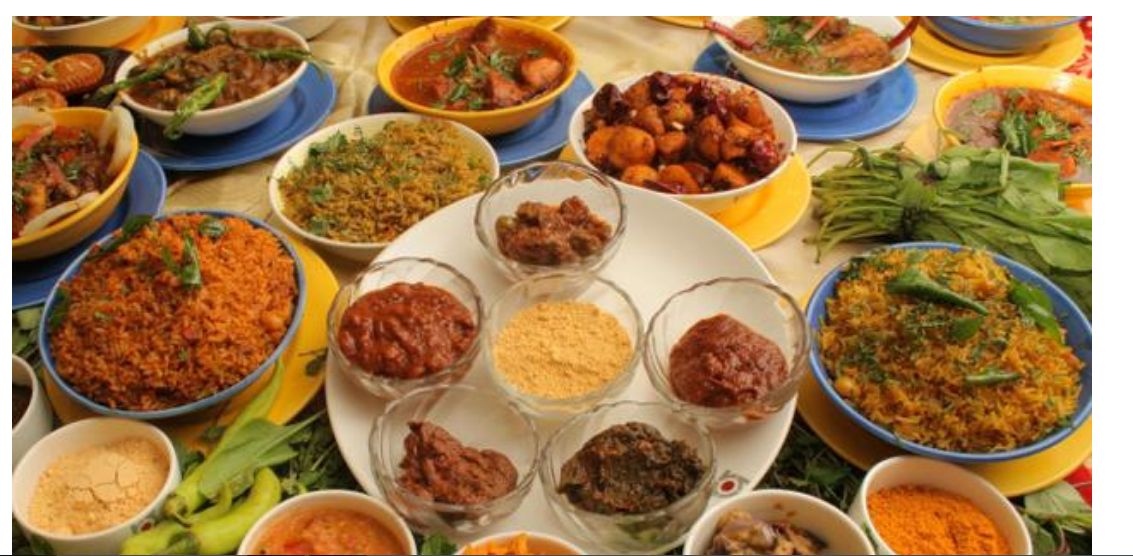
The world of daring delicacies is one of intrigue and adventure, where the thrill of the unknown meets the mastery of culinary tradition. These foods, each with their own unique risks and rewards, challenge our perceptions of what it means to eat and enjoy food. They invite us to explore the boundaries of flavor and safety, to trust in the expertise of those who prepare them, and to embrace the cultural stories they carry. As we've seen, the allure of these foods is not just in their danger but in the rich tapestry of history, tradition, and skill that surrounds them. They remind us of the ingenuity and resilience of cultures that have transformed potential hazards into cherished culinary experiences. For those willing to take the plunge, daring delicacies offer a taste of the extraordinary, a journey into the heart of what makes food not just sustenance, but an adventure.







